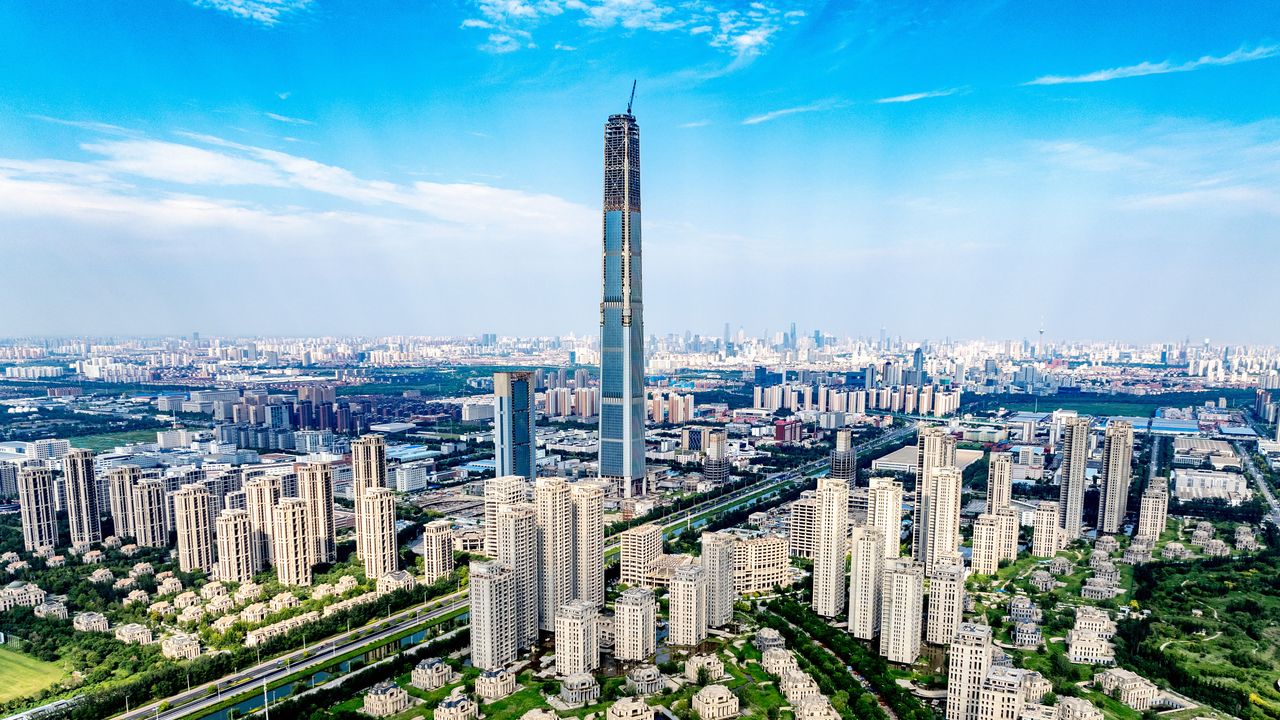Rising from Ruins: Decade-Long Dormant Skyscraper Set to Touch the Sky Once More

Rising from the skyline of China, the abandoned 1,959-foot skyscraper stands as a stark monument to the nation's ongoing real estate crisis. This towering unfinished structure serves as a powerful symbol of the economic challenges facing China's once-booming property market, where ambition has collided with financial instability. The massive, incomplete tower looms as a silent testament to overextension, unfinished dreams, and the complex economic pressures that have brought many real estate developments to an abrupt halt. Its skeletal frame reaches toward the sky, a haunting reminder of the speculative excess and financial strain that have dramatically reshaped China's urban landscape in recent years.
